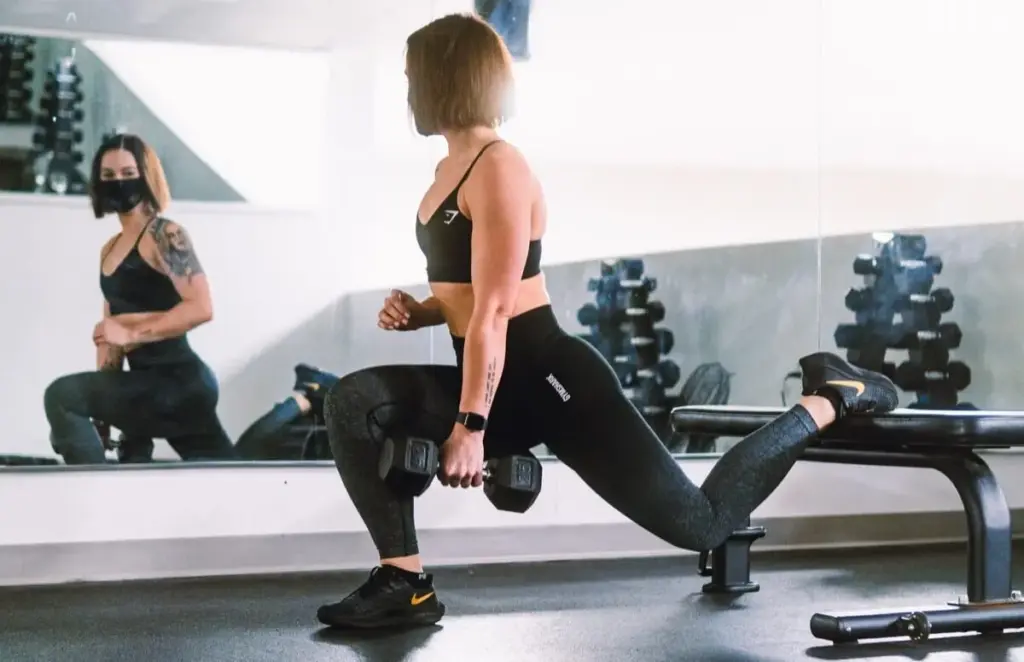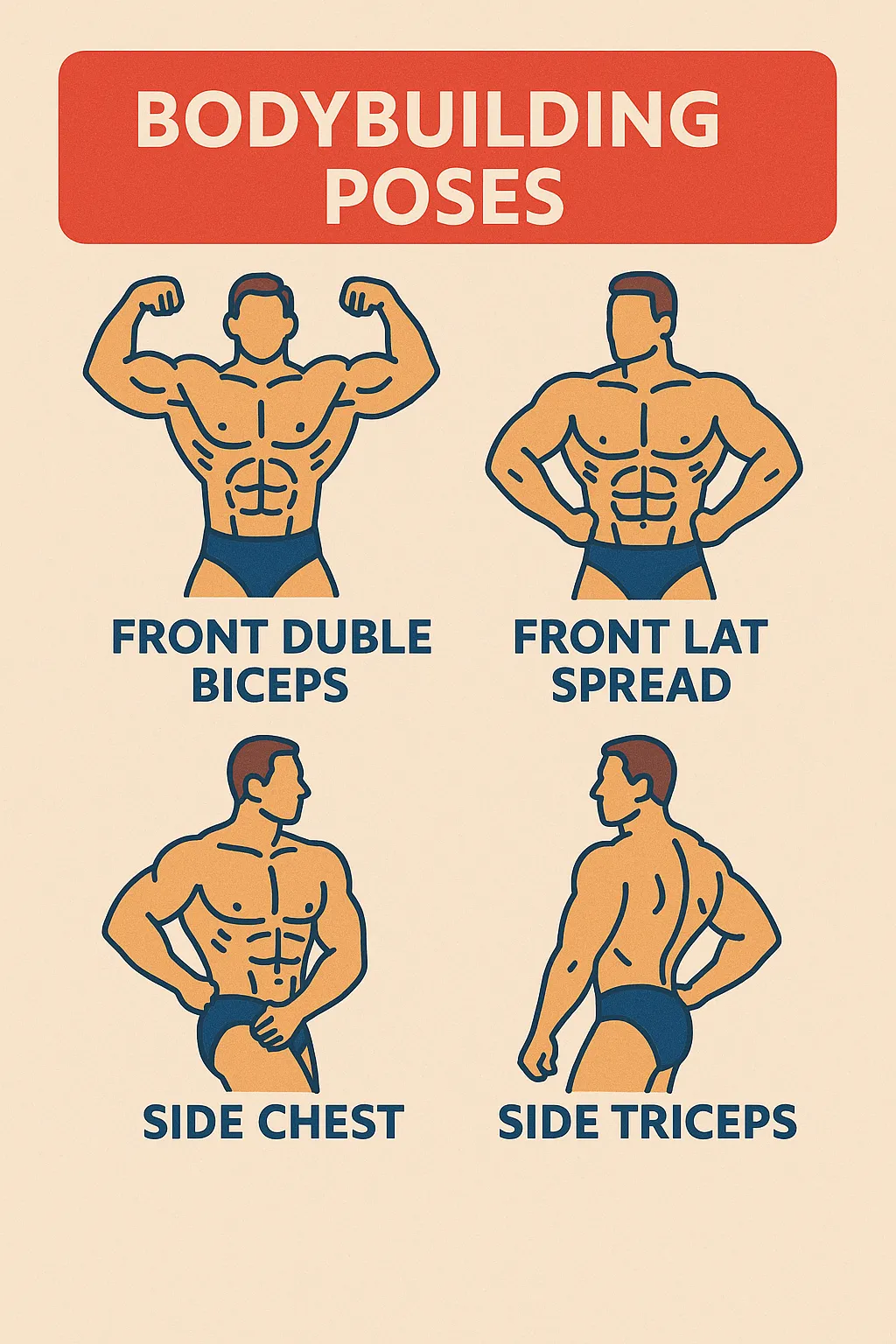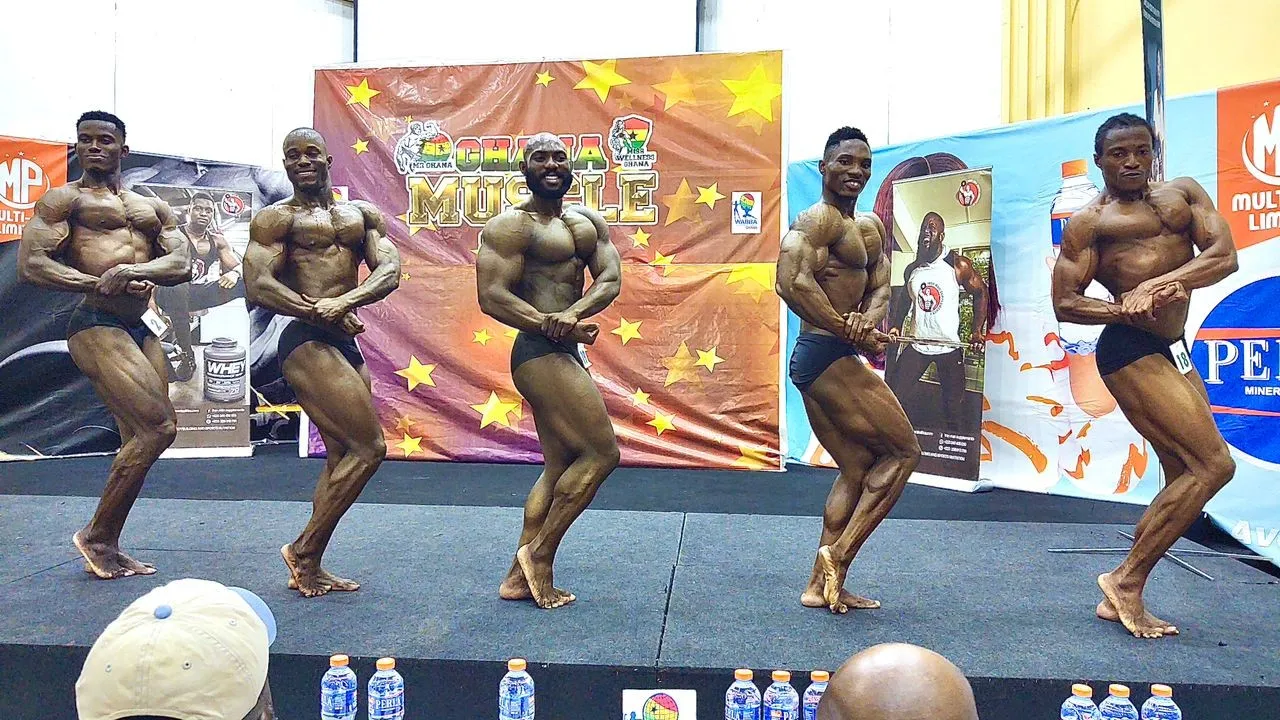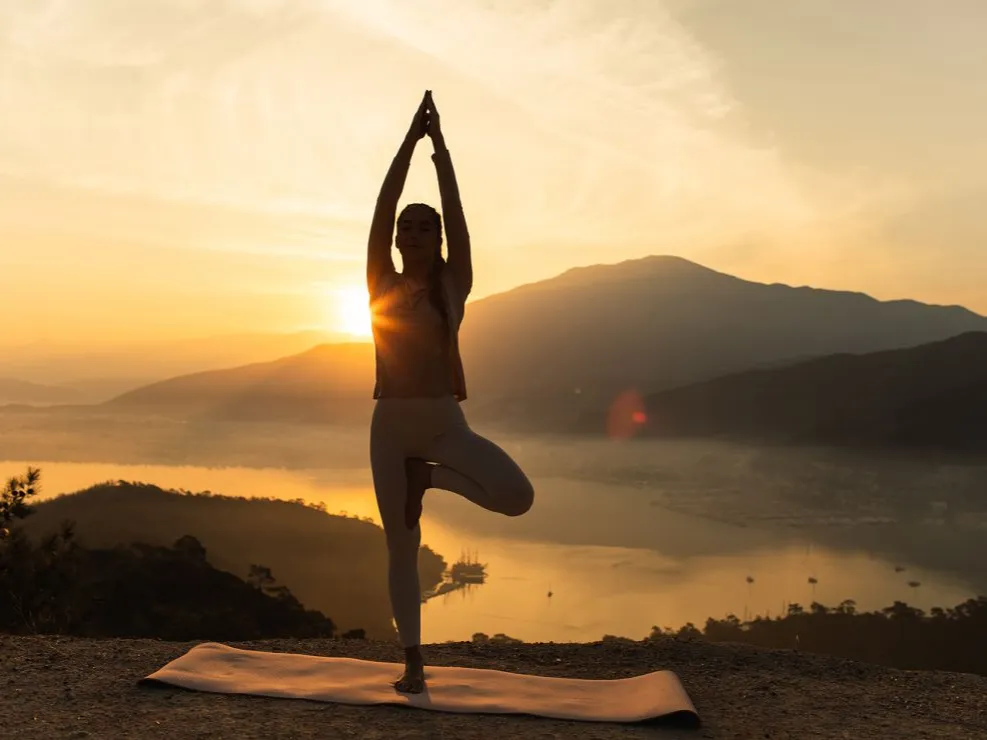The upper glutes are not paid much attention during fitness training as most people aim to have toned abdominals and strong legs. Your overall body, athletic performance, and lower back stabilisation are all boosted by having a well-developed upper glute.
We will cover proper upper glute exercises, their advantages, and how to incorporate them into your training routine here.
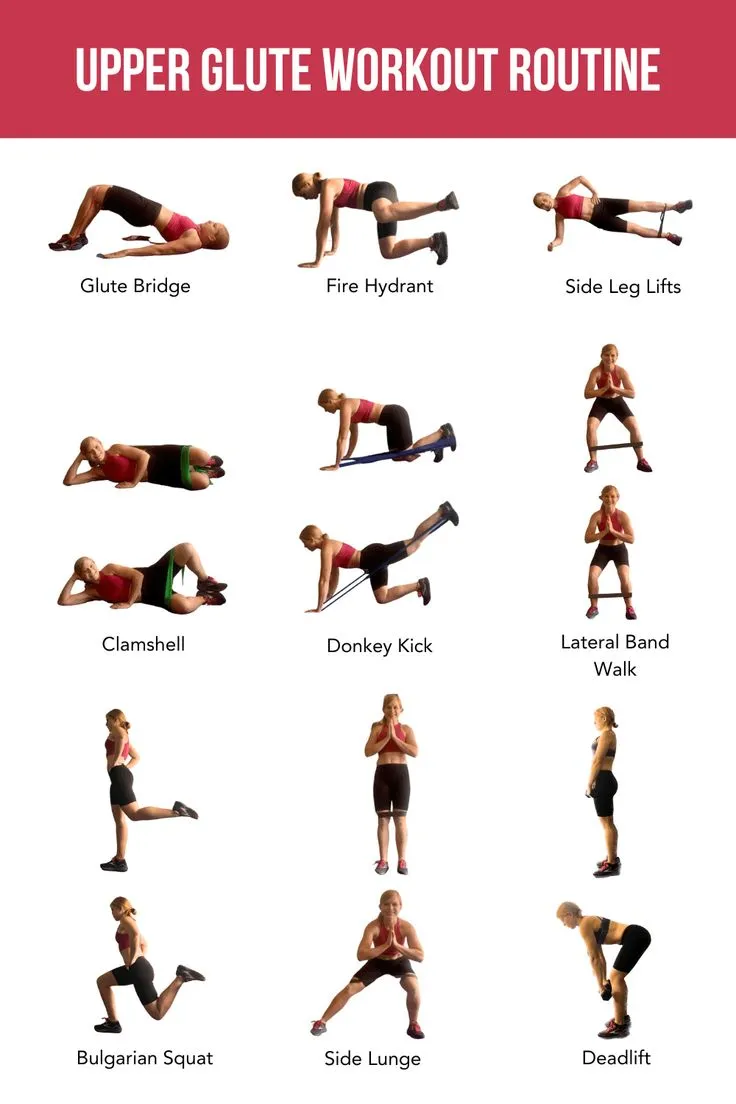
Understanding the Upper Glute
The three prominent muscles that compose your glutes are the gluteus maximus, gluteus medius, and gluteus minimus. The upper glutes, consisting mainly of the gluteus medius, are responsible for hip stability, posture, and movement, although the gluteus maximus is the strongest and most famed.
1. Good Posture: Stronger upper glutes assist in favouring good posture by keeping your pelvis centred, which could alleviate lower back pain and favour posture as well.
2. Improved Athletic Performance: Power and stability are increased through having strong upper glutes, whether you jump, run, or lift.
3. Injury Prevention: Through the stabilizing role it plays on hips and knees during activity, your upper glutes can help prevent injury.
4. Enhanced Physique: Your buttock region will be lifted and more rounded if you work your upper glutes, resulting in a better overall shape.
Essential Exercises to Develop Upper Glute Strength
Once you understand the significance of the upper glutes, let’s move on to some good exercises to build them. No expensive equipment is needed to begin these exercises, which you can perform at home or in the gym.
1. Glute Bridges
How to Do It:
• Place your feet flat on the ground, hip-width apart, and knees bent when you are lying on your back.
• Lift your hips up towards the ceiling with your heels pushing into the ground.
• At the highest point, glute squeeze and hold for one second.
• Repetition after releasing your hips to return to their original position without touching the floor.
• Three repetitions of 12–15 times are done.
Tip: Try placing a resistance band or a weight plate across your hips to increase the level of difficulty.
2. Hip Thrusts
How to Do It:
• Place your upper back against a bench or fixed surface while seated on the floor.
• Place a weight plate over your hips or roll out a barbell.
• Place your feet shoulder-width apart and flat on the ground.
• Squeeze glutes at the top as you push through heels and lift your hips to the ceiling.
• Repeat after you lower your hips once more.
• Three sets of ten to twelve repetitions.
Tip: For extra stability, make sure that your shoulder blades are on the bench.
3. Donkey Kicks
How to Do It:
• Place your knees under your hips and hands under your shoulders to begin in all fours.
• Lift one leg up to the ceiling with a bent knee, then contract your glutes at the peak.
• Lower your knee back down without touching the ground.
• Repeat on the same side before proceeding to the other leg.
• Three sets of fifteen reps per leg are done.
Tip: Avoid arching your back; instead, focus on controlling the movement.
4. Fire Hydrants
How to Do It:
• Similar to the donkey kick position, start on hands and knees.
• Lifting your upper glute, extend one leg out to the side with a bent knee.
• Lower your leg back down but not touching the floor.
• Switch to the opposite leg.
• Three sets of 12–15 reps on each leg are performed.
Tip: To stay stable through the exercise, keep your core active.
5. Bulgarian Split Squats
How to Do It:
• Stand several feet away from a bench or other surface.
• Step one foot up onto the bench behind you.
• Keeping your chest up, bend your front knee to lower your body into a lunge.
• To come back to the beginning position, push through your front heel.
• Three sets of ten to twelve repetitions on each leg are performed.
Tip: To avoid injury, keep your front knee in front of your ankle.
6. Lateral Band Walks
How to Do It:
• Wrap a resistance band around your legs just above your knees.
• Stand hip-width apart with your feet and squat slightly.
• Keeping the band tight, move one foot sideways and then the other.
• For a set number of steps or distance, continue taking side steps.
• Three sets of ten to fifteen steps to each side are the repetitions.
Tip: Do not lean forward and keep the core engaged.
7. Step-Ups
How to Do It:
• Stand in front of a firm step or bench.
• To lift your body, step out with one foot and heel-push.
• Walk back and repeat on the opposite side.
• Three sets of 12–15 repetitions on each leg are completed.
Tip: To incorporate resistance, hold weights in both hands.
8. Cable Kickbacks
How to Do It:
• On a cable machine, place an ankle strap on a low pulley.
• Stand facing away from the machine and place the ankle strap on your ankle.
• Squeeze your glutes when you kick your leg back and up with a slight knee bend.
• Return to the beginning position and repeat.
• Three sets of 12–15 repetitions on each leg are performed.
Tip: Don’t arch your back and keep your core tight.
How to Add Exercises for Your Upper Glute to Your Routine
Keep in mind the following tips when including these exercises in your training regimen to help you build your upper glutes:
Regularity
Try to train your upper glutes twice or three times a week. This frequency supports muscle growth with space for muscle recovery.
Get Warmed Up
To warm up your muscles and not hurt yourself, always warm up beforehand. Squats with bodyweight and leg swings are some of the dynamic stretches you can perform.
Increasing Overload
Gradually add the resistance or weight as you become stronger in order to keep improving. Muscles accumulate based on the premise of this belief, known as progressive overload.
Add with Other Exercises
In order to maintain a balanced routine, combine upper glute exercises with other lower body and leg workouts. You may supplement your upper glute workout with deadlifts, lunges, and squats.
Listen to Your Body
After and while exercising, listen to your body. Alter your form or see a fitness expert if you are feeling pain, not to be confused with muscle soreness.
Stretch and Cool Down
Spend a few minutes cooling down and stretching your legs and glutes after working out. This will decrease soreness and increase flexibility.

Nutrition for Muscle Building
Exercise won’t build muscle by itself; nutrition is important too. Here are some tips to help you on your journey to building muscle:
• Protein Intake: Make sure you’re taking enough protein in your diet to help in muscle repair and building. Take lean proteins such as fish, poultry, legumes, and beans.
• Hydrate Yourself: To hydrate your muscles, drink a lot of water prior to, during, and after your exercise regimen.
• Balanced Diet: To give your body the necessary nutrients, take a variety of fruits, vegetables, whole grains, and healthy fats.
Bottom Line
Strength, stability, and appearance all depend on building your upper glutes. You can build a more powerful and toned posterior through the addition of special exercises like donkey kicks, hip thrusts, and glute bridges in training.
To achieve maximum results, ensure you accompany your training with effective eating and resting techniques. You’ll be ready to go toward realising your desired upper glutes with commitment and persistence. Make a change in your workout life by starting today!

